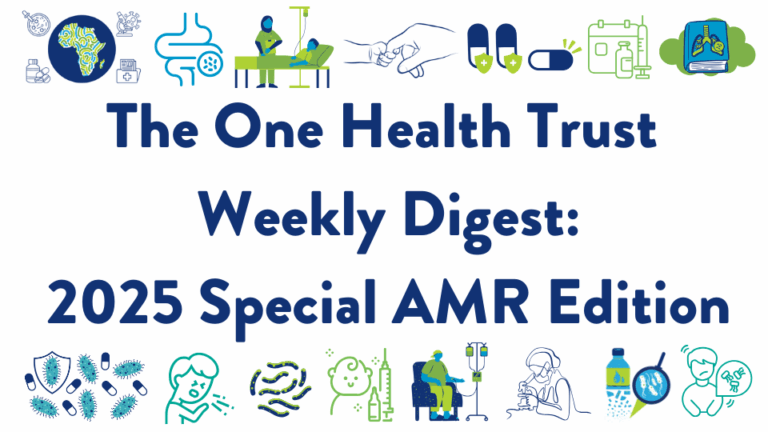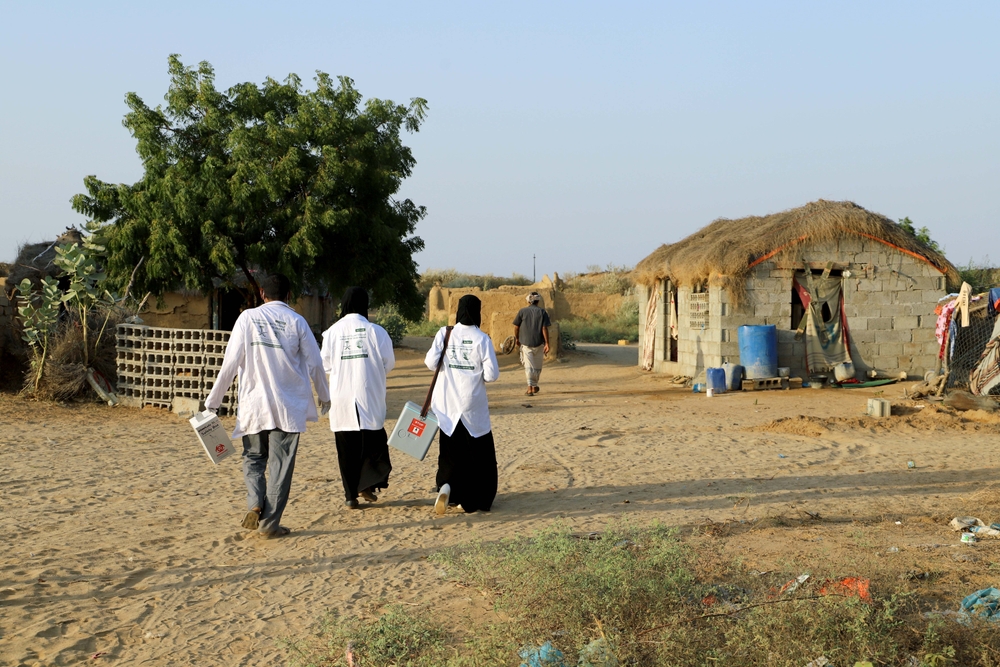December 11, 2015

A weekly roundup of news on drug resistance and other topics in global health.
Forty-four percent of Indian children are not fully immunized with vaccines in the national program—and more than syringes and needles are needed to fix the problem. CDDEP Director Ramanan Laxminarayan argues in an op-ed in LiveMint that delivering vaccines to all Indian children will take large-scale coordination and a carefully maintained cold chain from vaccine manufacture to administration. Laxminarayan notes innovations used by the Immunization Technical Support Unit (ITSU) of India’s Universal Immunization Programme, including electronic tracking systems, refrigerators with temperature sensors and frequent monitoring and using front-line health workers to help solve the last-mile problem. Writes Laxminarayan, “Smart technology, targeted resources and human resolve are required in equal measures.” [LiveMint]
U.S. sales of livestock antibiotics important for human health rose 23 percent between 2009 and 2014, according to data released by the U.S. Food and Drug Administration (FDA). Sales rose 3 percent in 2014, after the FDA released voluntary guidelines for companies to phase out antibiotic use in livestock. U.S. Representative Louise Slaughter, a microbiologist and congresswoman from New York, called the post-guideline increase “disgraceful” and a disappointment. [Reuters]
A vaccine for dengue fever, developed by Sanofi, has been approved by the Mexican drug authority. The approval was the first in the world for a vaccine to prevent dengue, which has spread widely in the western hemisphere in the last few decades. The Mexican Federal Commission for the Prevention of Sanitary Risk authorized use of the vaccine for people age 9 to 45 in endemic areas. In clinical trials, the vaccine reduced dengue risk in that age group by 60 percent. According to an executive at Sanofi, the vaccine should be available early next year for private purchase. The Mexican government has not yet decided whether it will deploy a publicly-funded vaccination campaign. [The New York Times]
Antibiotic use in agriculture is a massive global problem, and each country should set targets to limit use and implement plans to meet those targets. So argues the latest report from the U.K. government-commissioned Review on AMR, focused on global livestock antibiotic use. The report argues for national limits on overall agricultural antibiotic use—such as a target in milligrams of antibiotics per kilogram of animal. They write that the focus on banning antibiotics for growth promotion is important, but that national targets limiting overall antibiotic use in livestock—leaving each country to determine how it achieves those targets—may be more effective. [Review on AMR, National Geographic]
Genetic engineering may be able to spread infertility in Anopheles gambiae mosquitoes, which researchers hope could wipe out the species and greatly reduce transmission of malaria throughout sub-Saharan Africa. The engineering technology, called a gene drive, uses the newly developed gene-editing CRISPR-Cas9 technique to target and disrupt recessive genes in female mosquitoes that, when altered, can spread throughout a mosquito population. A. gambiae are responsible for transmission of hundreds of millions of malaria cases annually in the region. [Nature News, Nature Biotechnology]
A new online mapping project, ResistanceOpen, focuses on antibiotic resistance at local levels. ResistanceOpen, created by researchers at HealthMap, displays reported resistance to pathogens in proximity to a chosen location, down to a 25-mile radius in some areas. CDDEP’s ResistanceMap, a similar tool, focuses on comparing trends on antibiotic use between countries and over time around the globe. [WBUR, HealthMap]
Most cases of Ebola in Liberia’s second wave represented a single viral strain. According to a study published in Cell Host and Microbe, Ebola genomes from 139 patients were from a single strain that spread quickly through Liberia and into Guinea. They concluded that the virus did not evolve significantly during the heaviest transmission periods of the outbreak. As of this week, Liberia is six days into its third countdown to being declared free of the virus; its previous two 42-day countdowns of observation were interrupted by new case reports. [CIDRAP, Cell Host and Microbe]
Frugal antibiotic prescribing by GPs in England is associated with lower patient satisfaction scores. Researchers at King’s College London assessed the records of 7,800 general practitioners—96 percent of the GPs in England—and discovered that a 25 percent reduction in antibiotic prescriptions was correlated with a 5-6 percentile reduction in patient satisfaction scores. To find out whether antibiotic prescriptions were simply a proxy for overall prescribing rates, researchers also assessed 12 other prescribing variables, but antibiotic prescribing remained the strongest predictor of overall patient satisfaction. [King’s College London, British Journal of General Practice]
Taxes on alcohol may limit the spread of gonorrhea, according to a study published in the American Journal of Preventive Medicine by researchers at the University of Florida. The researchers were interested in how a $0.03 increase in alcohol taxes in the U.S. state of Maryland, along with the anticipated decrease in alcohol consumption, may have affected rates of sexually risky behavior, as measured by rates of sexually-transmitted infections (STIs). In the 18 months after the tax became law in 2011, gonorrhea rates fell 24 percent (1,600 fewer cases) compared with the same time period in control states that did not share borders with Maryland and had similar baseline STI rates. [American Journal of Preventive Medicine, University of Florida]
Want to share interesting news via the digest? Email [email protected]
Image courtesy Wikimedia Commons.











